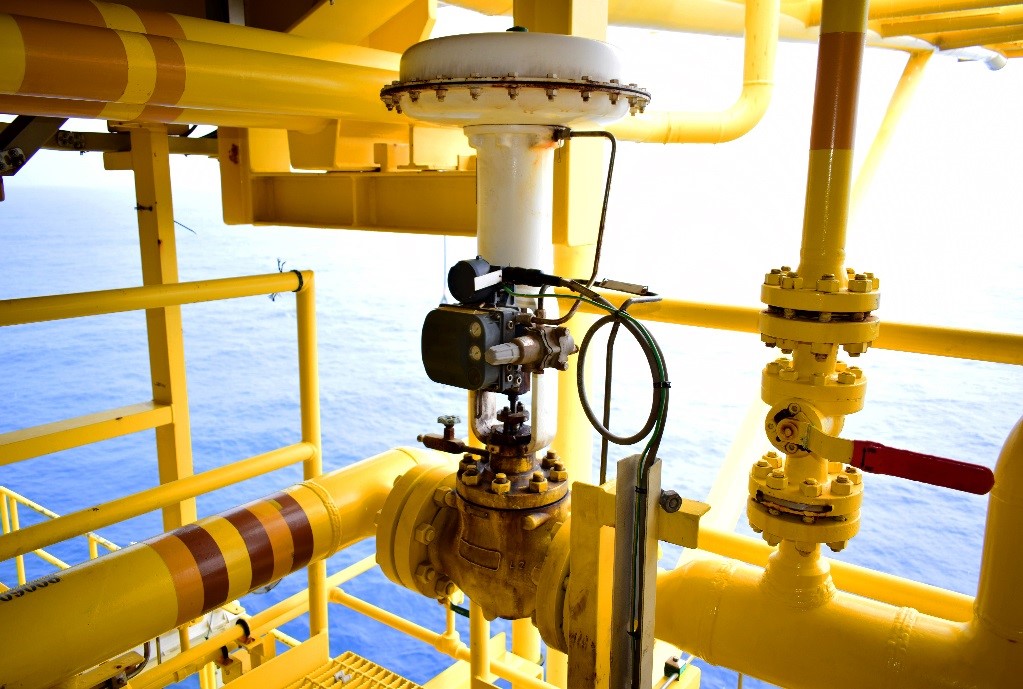The big lesson from Shell and Parker-Hannifin’s Enterprise Framework Agreement
19/11/2018 1:14 pm
Partnerships don’t come much bigger than this one: Petrochemical giant Royal Dutch Shell recently signed an Enterprise Framework Agreement (EFA) with process instrumentation leader, Parker-Hannifin.
The EFA stipulates that Parker will be the single-source supplier for instrumentation valves, manifolds, process-to-instrument valves, fittings, tubing and various other instrumentation products to Shell’s global operations for the next five years.
So, why did Shell choose to partner with Parker’s instrumentation-arm and what can you learn from their decision? The biggest lesson for Australian oil and gas operations is in reducing fugitive emissions.
What are Fugitive emissions, and why are they a problem?
Fugitive emissions are an extremely damaging and costly by-product of petrochemical processing, caused by tiny leaks in instrumentation — most likely a problem you didn’t know you had.
The average oil refinery leaks anywhere between 600 and 10,000 tonnes of methane gas every year — with at least 70% coming from fugitive emissions.
Aside from causing significant environmental damage and contributing to greenhouse gasses, fugitive emissions radically increase operational costs for petrochemical processing facilities.
These costs affect every stage of petrochemical production — occurring at the downstream, midstream and upstream levels. And this directly impacts operational costs, namely because of:
- Labour and materials required for leak repairs — this is an ongoing requirement, as leak fixes are typically only temporary.
- Wasted energy — if your site isn’t reliably processing and transporting gas, you’ll quickly see a decrease in production efficiency and subsequent profits.
- Environmental fines — serious leaks and high emission levels are increasingly being targeted by government fines and other penalties.
- Clean-up costs — the worst fugitive leaks require costly clean-up efforts, and failure to meet these requirements result in serious fines.
- Lost revenue due to poor environmental reputation — if your fugitive emissions are high enough that they’re causing an increasingly negative impact on the environment, you’ll risk losing your social licence to operate.
If you were unaware of fugitive emissions previously, then they have the potential to be a severe financial drain on your oil and gas operations. However, they also represent a unique opportunity to easily and simultaneously reduce your operational costs and improve your green image.

Fugitive emissions are responsible for the majority of methane leakage in oil and gas operations.
How Parker is leading the charge against fugitive emissions
For an oil and gas operation of the size and scale as Shell, reducing or eliminating the associated costs around fugitive emissions is critical. And from an environmental standpoint, it is frankly an issue too large to ignore.
So how do Shell handle the issue? With Parker-Hannifin, of course.
All of Parker-Hannifin’s instrumentation products adhere to the ISO-standard 15848. This standard sets out a requirement of zero fugitive emissions for any process components that are involved in handling hazardous fluids or volatile air pollutant.
For Shell, this was the driving factor behind the selection of Parker for the EFA, with an audit around Parker’s production processes and resistance to fugitive emissions being crucial to the final agreement.
Parker’s wide-ranging instrumentation components have adhered to these standards — as verified by independent third parties — for several years, and their products are some of the most leak-resilient process instrumentation components available on the market today.

ISO 15848 is component standard that ensures the minimisation of fugitive emissions in instrumentation.
How you can prevent fugitive emissions
There is an excellent lesson to be learned from the EFA between Shell and Parker — fugitive emissions are a costly side effect of oil and gas production that can be easily avoided.
Reducing the footprint of fugitive emissions and the associated costs within your oil and gas operation is as simple as ensuring that your instrumentation meets ISO-15848 specifications.
As Parker’s specialist instrumentation partner, VFV is here to help you ensure that fugitive emissions aren’t affecting your bottom line or leaving you exposed to regulatory risk.
If your instrumentation doesn’t meet ISO-15848, or if you are concerned about the impact of fugitive emissions in your operations, then get in touch with Paul La Roche on +61 3 9873 1400 or email at [email protected] to discuss.
If reducing your fugitive emissions isn’t on your radar right now, but you’d like to find out more about current industry insights, check out last month’s blog about Parker’s acquisition of CLARCOR and what it means for Australian Oil and Gas.
Sources:
Breeze, J. (2018). Reducing Fugitive Emissions – Meeting ISO Standards with Process Instrument Valves. Retrieved from http://blog.parker.com/reducing-fugitive-emissions-meeting-iso-standards-with-process-to-instrument-valves.
Parker Instrumentation. (2008). Double Block and Bleed with Ultra-Low Emission Options. Retrieved from https://www.parker.com/literature/Instrumentation%20Products%20Division%20Europe/Cat%204190_FP.pdf.
Parker. (2018). Parker Hannifin signs EFA with Shell for Instrumentation Products. Retrieved from http://www.parker.com/portal/site/PARKER/menuitem.31c35c58f54e63cb97b11b10237ad1ca/?vgnextoid=18ff0305c3102610VgnVCM100000e6651dacRCRD&vgnextchannel=9104fbdc71fd7310VgnVCM100000200c1dacRCRD&vgnextfmt=EN&newsroom=Y&vgnextcat=News%20Release%20Details.
Paul La Roche
You must be logged in to post a comment.
click here to log in
